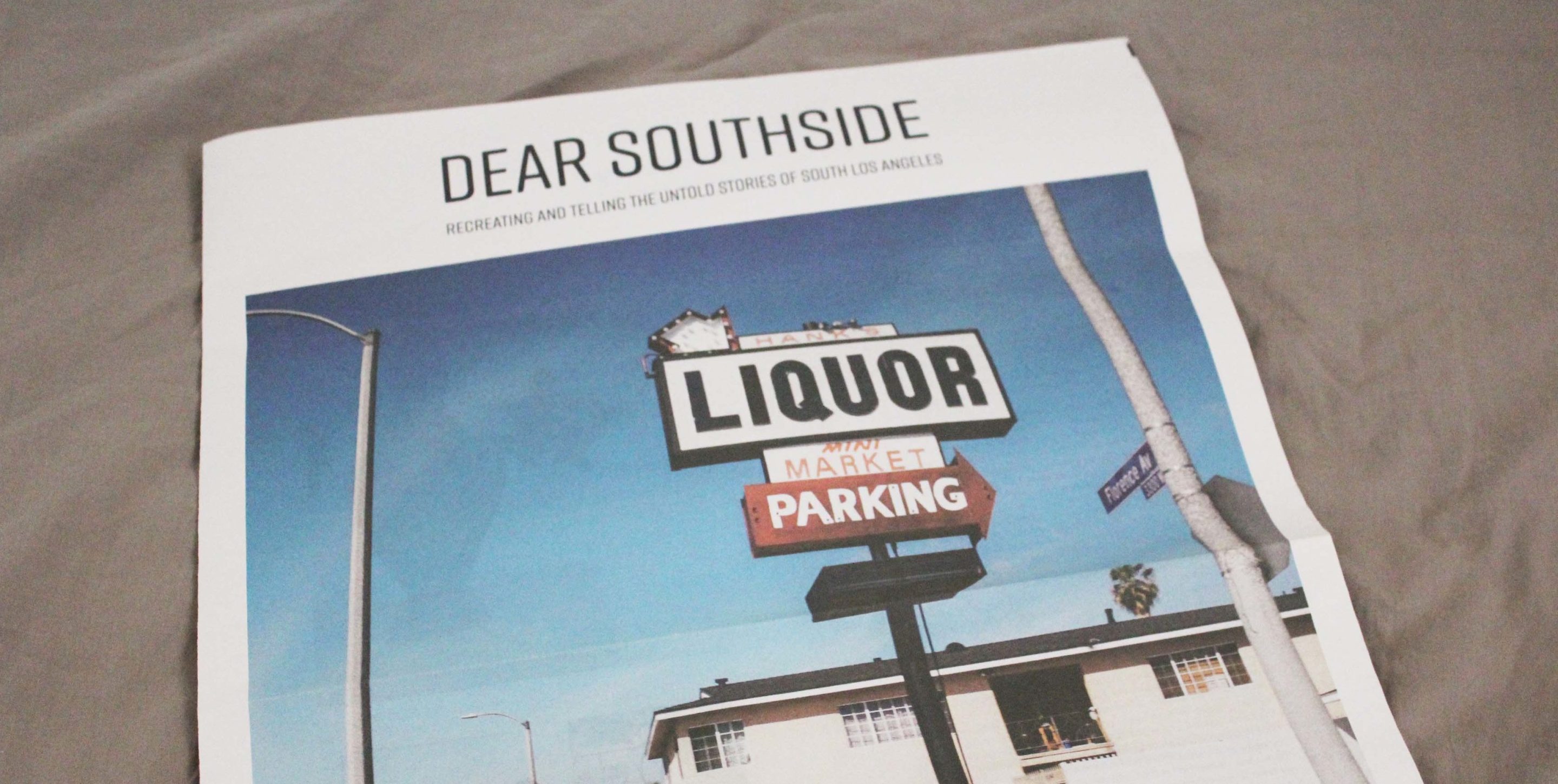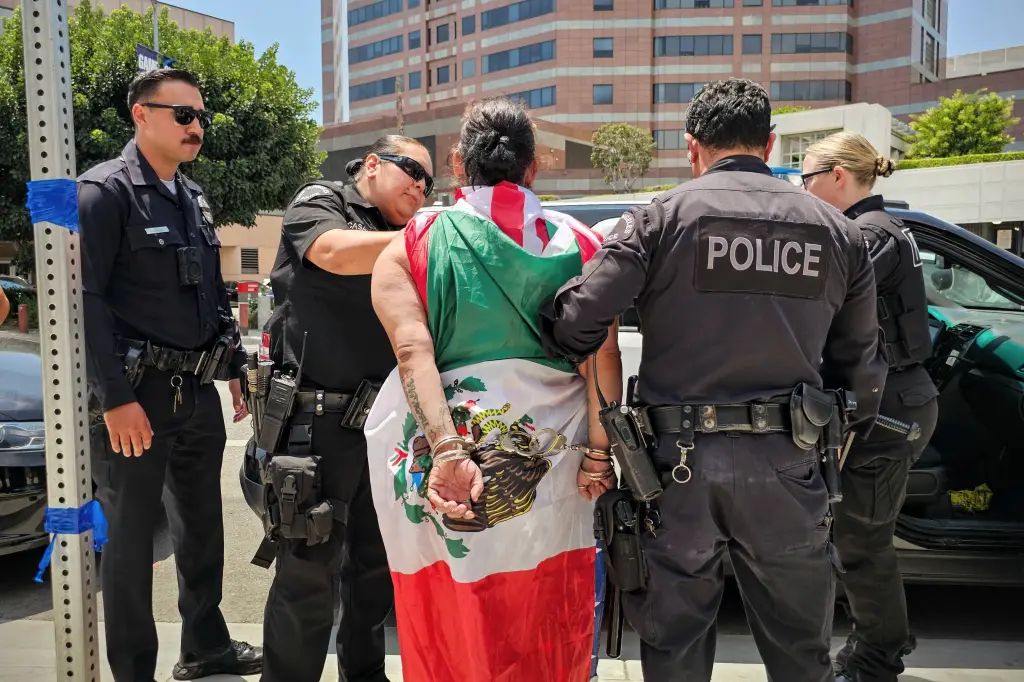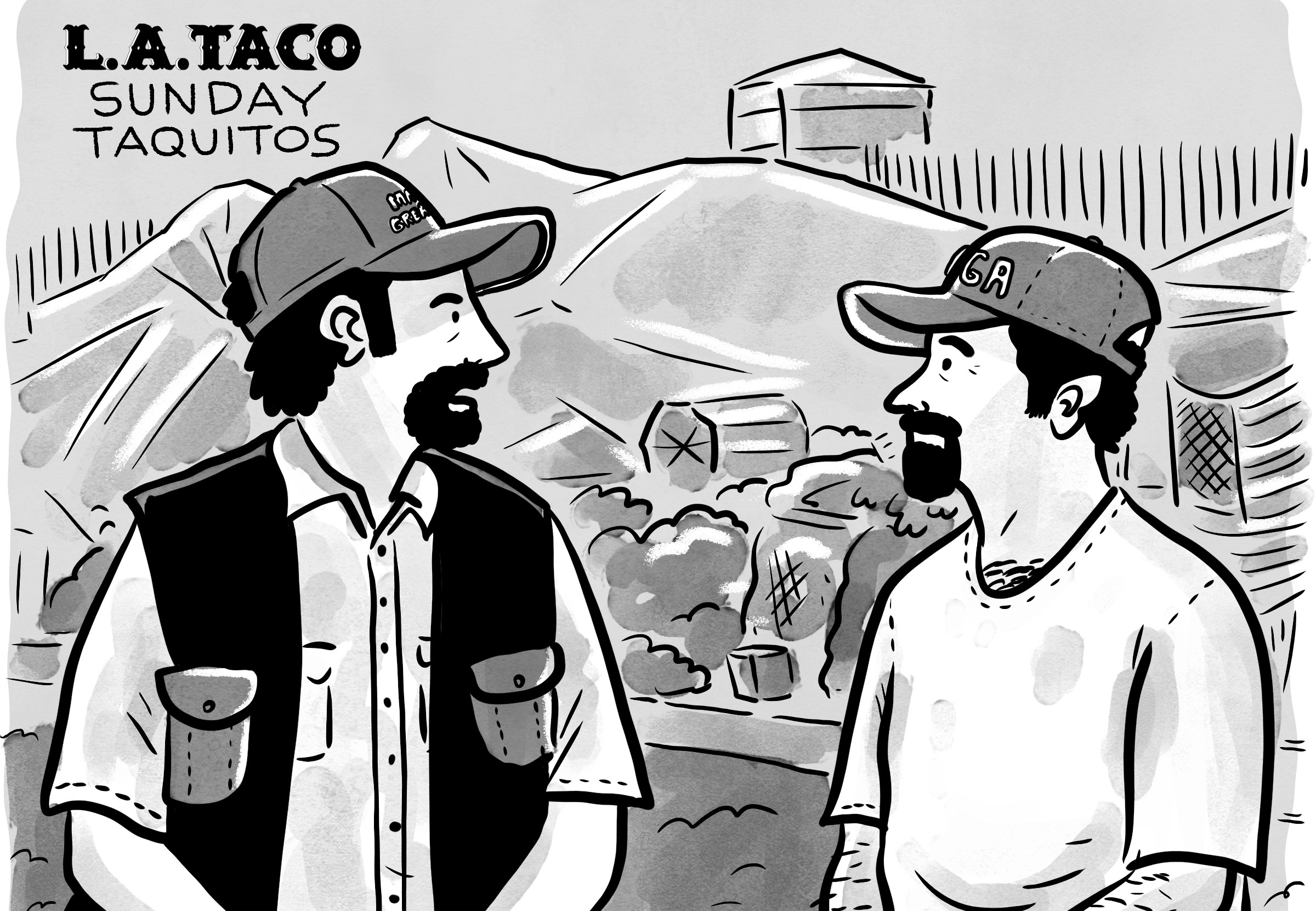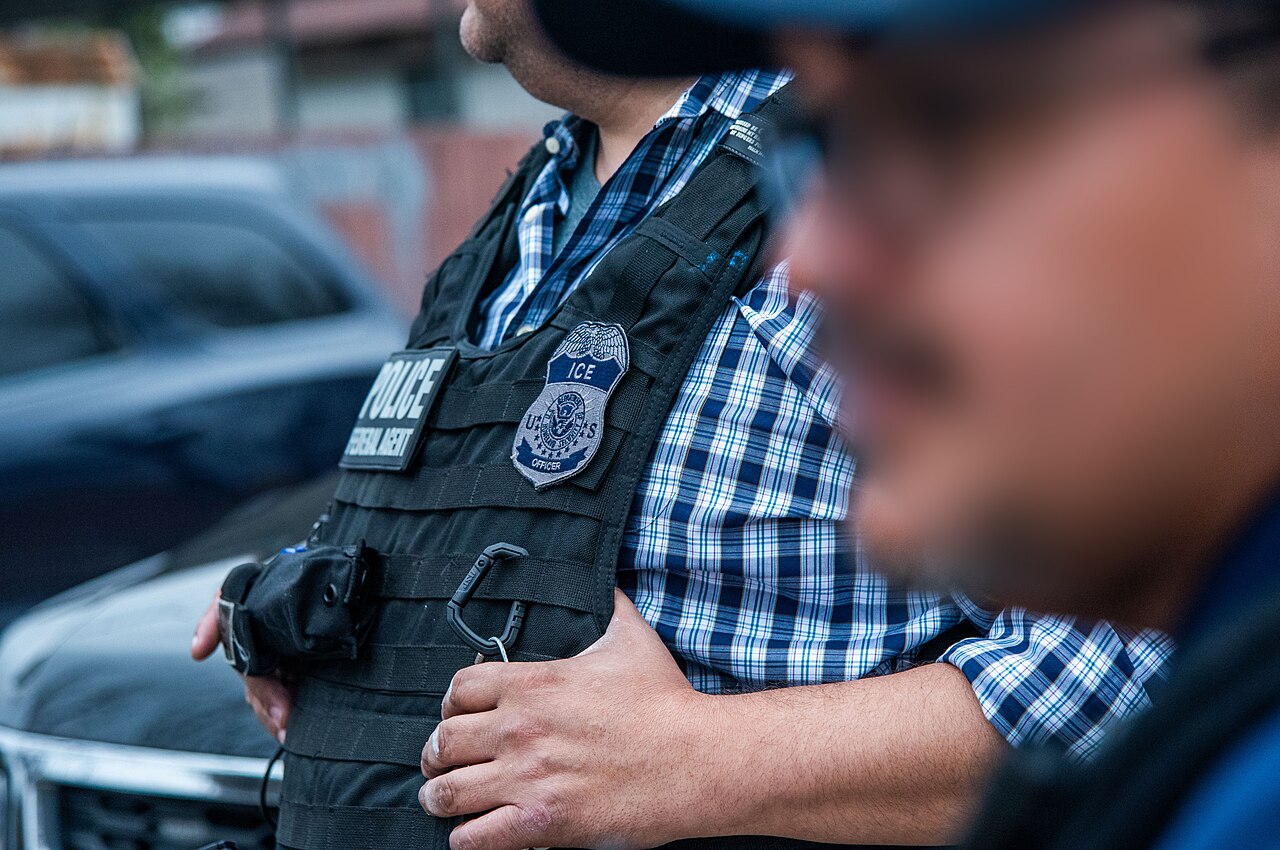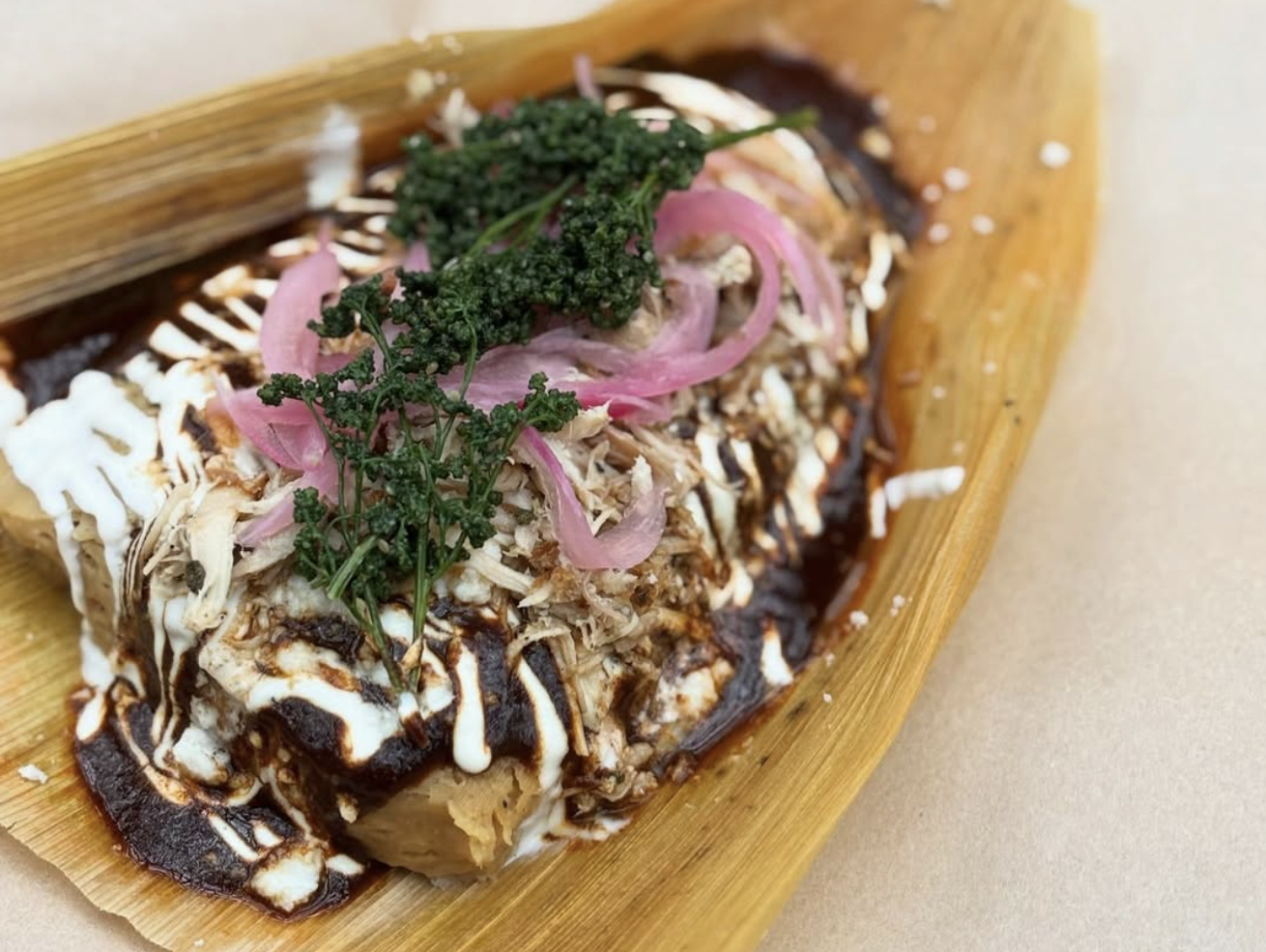[dropcap size=big]S[/dropcap]outh Central Los Angeles has for decades been associated with poverty and gang violence. Its stereotypes have made their way onto news headlines and popular films. After living in South Central L.A. for 13 years and experiencing the beauty of it, Estefani Alarcon set out to create a newspaper that recreates and tells the untold stories of her community.
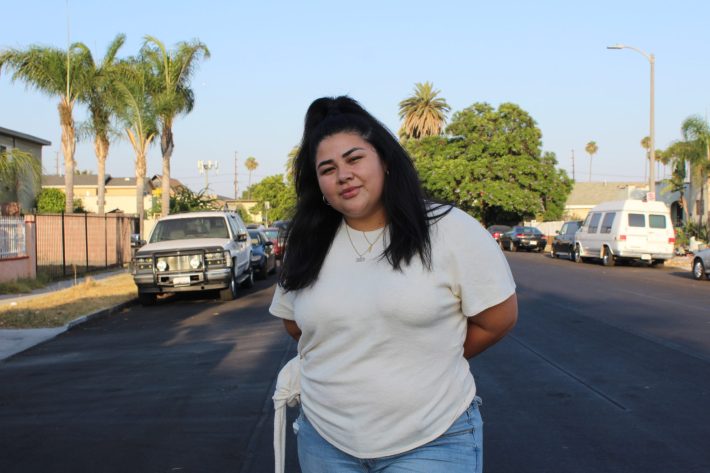
Alarcon, 23, created Dear Southside as a senior capstone project in 2017. It quickly blossomed into a passion project after graduating from Mount Saint Mary’s University, L.A. The free newspaper features local businesses, organizations, and cultural institutions that create spaces and opportunities for growth in South Central.
Dear Southside released its second copy in August, and Alarcon plans to create a digital platform for it in the near future.
L.A. Taco: What inspired you to create Dear Southside?
One day me and my friends were outside of the [South L.A.] community and I saw a newspaper and I was like, “Wow! I wish we had this in our community.” So, I set out to do it. I was a little nervous because I didn’t have any help, it was just going to be me. I was like, “How am I going to fund this?” But I just kinda set out to do it. I didn’t think about the future. I was just like, “I’m gonna do it now. If I don’t do it now, I’m not gonna do it.”
How are you recreating and telling the untold stories of South L.A.?
When you look in the media, everything that has a headline of South Central is negative. It’s never good, and you have people creating these stereotypes about our community but that’s not what it is, at least that’s not what I know it for. I’ve been living here for 13 years and I’ve experienced more community here than anywhere else. For me, coming home was a safe haven oppose to people [saying], “Oh you live in South Central? Oh my god, I’m so scared.” And I’m like, “I don’t know what you’ve experienced but I haven’t.” And when I’d ask them “Have you been there?” they’ll [say] “No, but I see what goes on in the media.” There’s no one telling our stories and it’s time for us to tell it ourselves.
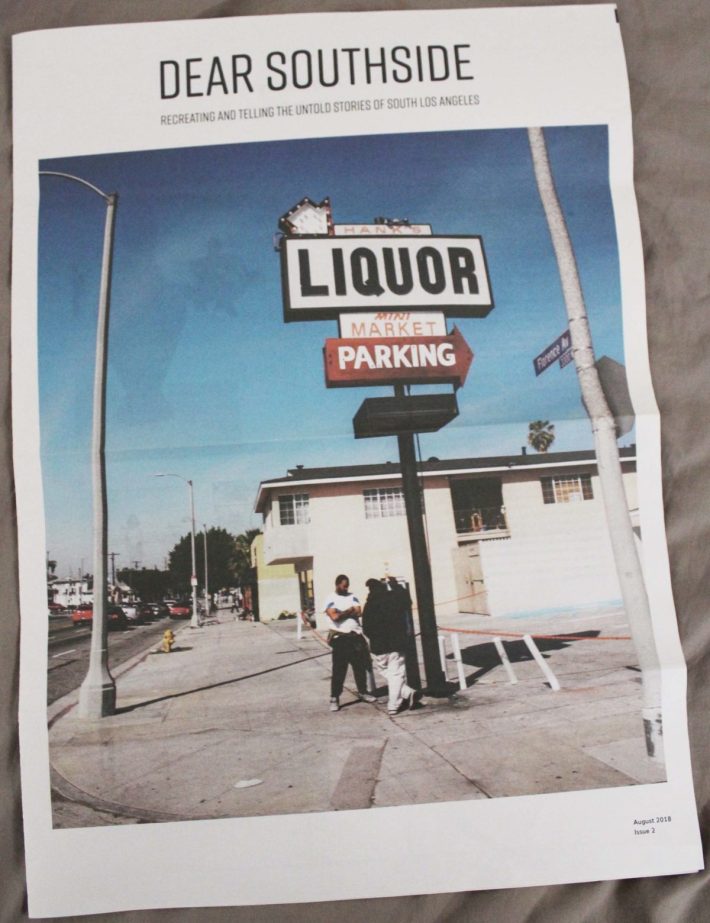
How has the community responded to Dear Southside?
Honestly, I would never imagined how people have reacted. It’s this moment that I’m like, people want this. People want to read about the stories that are coming out of here that are not negative. We want to hear our own stories. We’re inspired by that. It’s just been amazing.
If you could describe South Central in a few words, what would they be?
It takes a village. I stand really strong by that. Growing up [in South Central], it took a village. If my mom couldn’t take care of me, my neighbors would watch out for me and my brother. That’s what it is in this community. If we support a business, [that] business supports another business, and now we have this money circulating in our own community. The goal is for us to support each other to sustain each other so that we don’t have gentrifiers coming in our community pushing us out. We need to support one another and make it stronger.
The reporting for this story was completed as coursework in the Journalism M.S. Program at the USC Annenberg School for Communication and Journalism.
